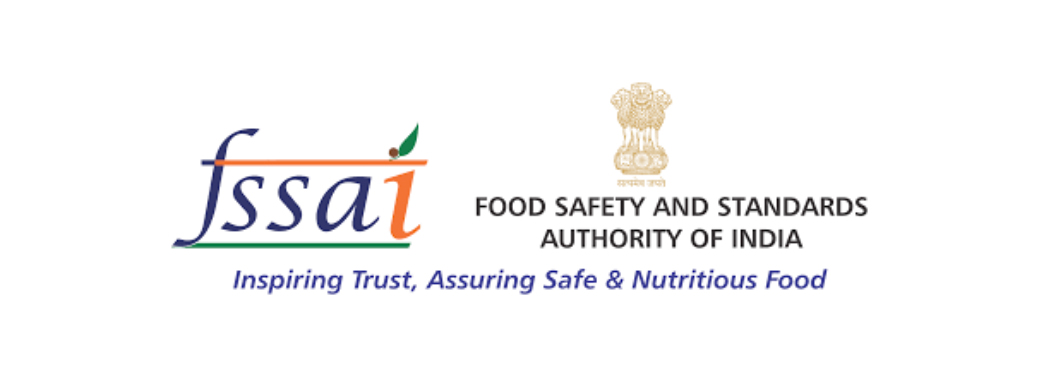Rating will be based on salt, sugar, and fat content and will be printed on the front of the pack
NEW DELHI : Packaged food products in India will soon be labelled with an official health star rating (HSR), a top official at Food Safety and Standards Authority of India (FSSAI) said.
The rating will be the first such in India, a country burdened with lifestyle diseases, and is aimed at guiding consumers to opt for healthy food. The HSR format ranks a packaged food item based on salt, sugar, and fat content and the rating will be printed on the front of the package.
This move follows a report by the Indian Institute of Management Ahmedabad (IIM-A) on the impact of front-of-the-pack labelling for packaged and processed foods. The study endorsed the HSR format as the best suited to Indians in helping to choose healthier packaged food items under a new policy on Front of Packaging Labelling (FoPL).
“IIM-A has recommended HSR as the most preferred format by Indian consumers under proposed FoPL in India. This national survey by IIM-A is the voice of more than 20,000 people across the country and none of the countries in the world has surveyed people at such a large scale. FoPL will bring a transformational reform in the society as it will encourage healthy eating. It will also help to reduce the burden of Non- Communicable Diseases (NCDs) in the country,” Arun Singhal, chief executive officer, FSSAI, told Mint.
The FSSAI, a body under the ministry of health and family welfare (MoHFW) had directed IIM-A to conduct a large-scale survey to analyse major FoPL models that are available across the world and identify one which is easy to understand and can induce behaviour change among Indian consumers. In India, packaged food has had back-of-package (BOP) nutrient information in detail but no FoPL, which, as global experience suggests, has the ability to nudge healthy consumption behaviour with respect to packaged food.
At present, countries such as the UK, Chile, Mexico, New Zealand, and Australia have FoPL.
Following the report, the FSSAI has sought feedback from industry associations for evaluation by a scientific panel so that the HSR model can be included in the draft regulation formulated by the government.
The food regulator has exempted milk and dairy products from the proposed FoPL, as they were in the earlier FSSAI draft notified in 2019. Also, the scientific panel has recommended voluntary implementation of FoPL from 2023 and a transition period of four years for making it mandatory.
“We will analyse the nutritional information present in 100 mg quantity of packaged food. Our FoSCoS licensing application portal will have a new module for generating HSR certificate for the food product wherein a licensee can put in details of their product. Based on evaluation, HSR certificate will be generated for the respective packaged food item. These ratings will be provided by the FSSAI depending upon the factual information of the product,” Singhal said.
Over the last year, the apex food regulator has been brainstorming with experts to launch FoPL in India. A petition seeking direction to the government to frame guidelines on HSR and impact assessment for food items and beverages was filed in the Supreme Court in June last year.
Recently, representatives from IIM-A and Dexter Consultancy made a detailed presentation before the FSSAI revealing the findings of the survey. Members from industry associations, consumer organizations, scientific panel on Labelling and Claims/Advertisement, and the World Health Organisation also participated in the meeting.
“Based on the analysis of the data, IIM-A recommended HSR over other models for achieving a careful combination of the dual objectives for the ease of identification and understanding; and change of purchase behaviour of Indian consumers,” according to the minutes of the meeting reviewed by Mint.
During the meeting, three major decisions were also taken on setting up thresholds and the number of categories, type/format of FoPL, and a time period for transition from voluntary to mandatory. The FSSAI noted that the proposed levels of thresholds are in alignment with ‘FoPL Models’ implemented in other countries and ‘WHO Population Nutrient Intake Goals Recommendations’.
Source Link :
